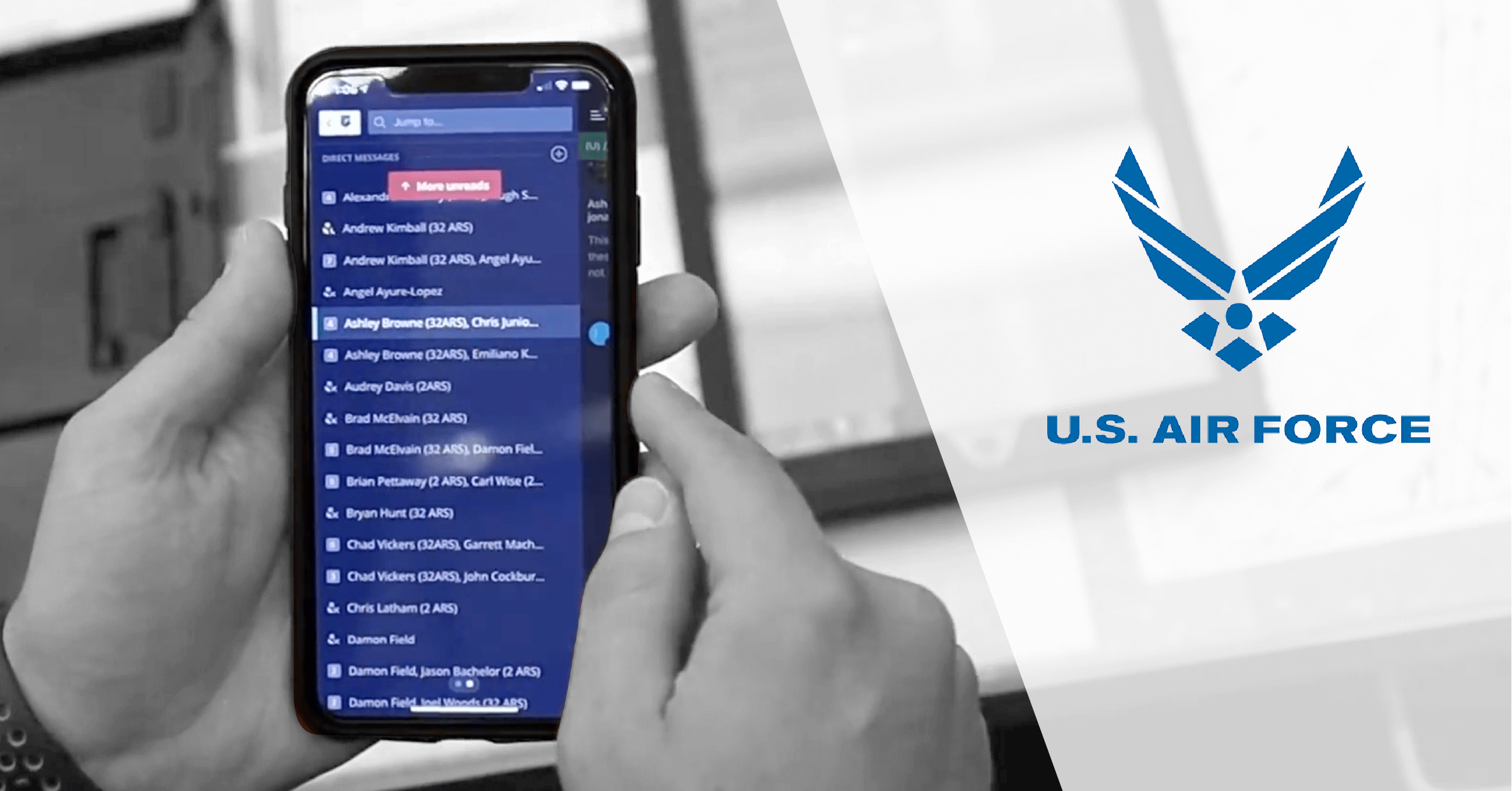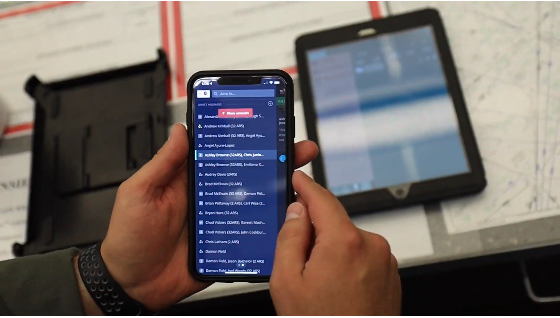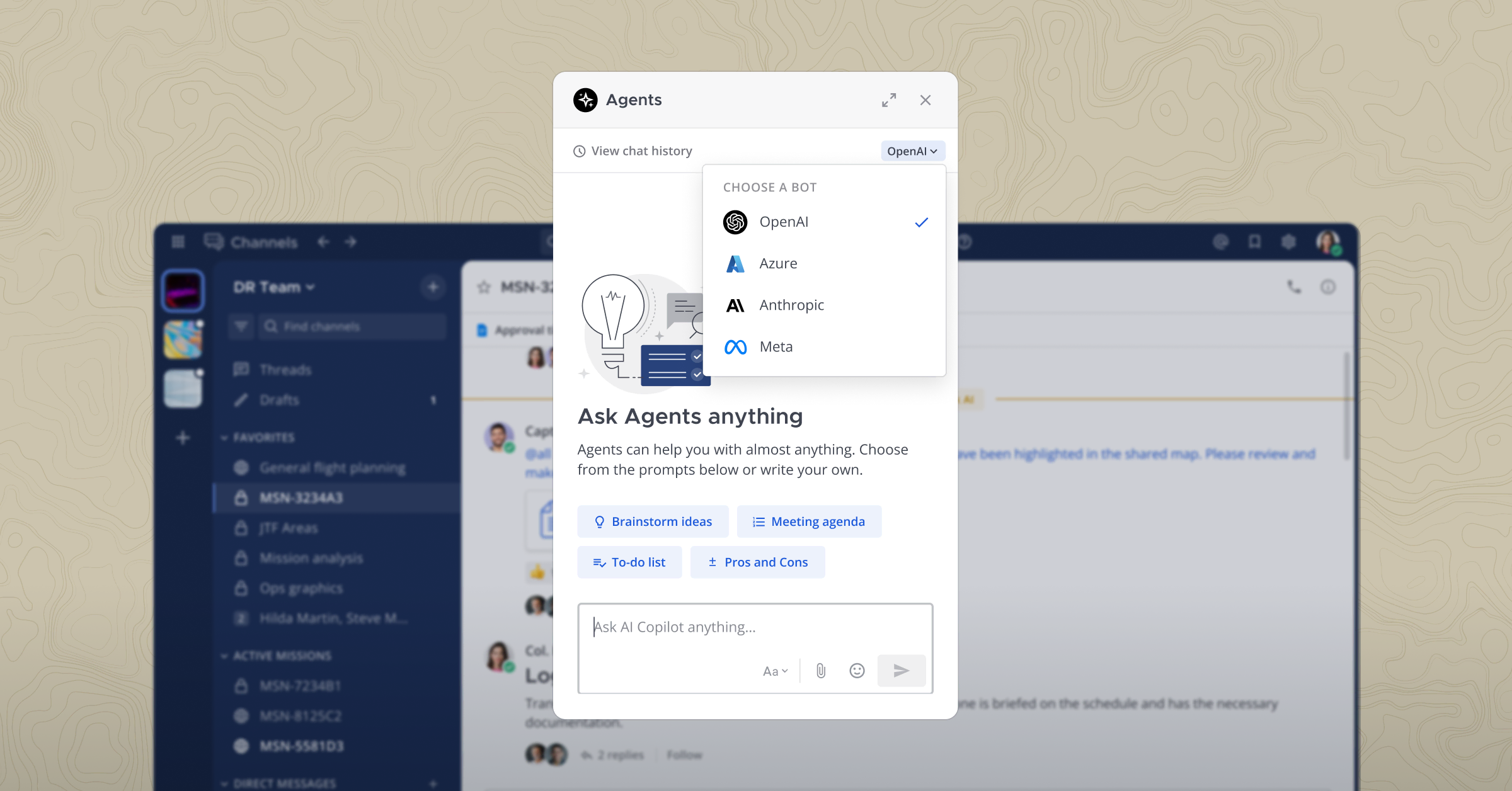
How open source solutions help the U.S. Air Force accelerate software development and modernize collaboration
The pressure to ship quickly is greater than ever before. But for many organizations, including the U.S. Air Force, security and compliance concerns severely limit their ability to quickly adopt and integrate new technologies, putting teams at risk of being locked into approved vendors and missing out on critical innovations.
In order break the cycle of slow-moving development, Platform One, the U.S. Department of Defense’s DevSecOps Enterprise Services team, adopted a new approach to software development services to enable the DoD to support continuous upgrades and new features with integrated cybersecurity testing on a much faster timeline and at a lower cost than the traditional “waterfall” cycle.
At the core of this new approach is leveraging open source software, which has allowed Platform One to adopt new technologies rapidly and take advantage of cutting-edge solutions that were previously out of reach. Among these open source partners is Mattermost, which has partnered with Platform One to provide a secure environment for government-wide cross-functional collaboration.
Open source enables the shift to modern infrastructure with security and flexibility
Security was a key concern for Platform One as they implemented a collaboration platform.
One of the key advantages of open source solutions is their transparency and flexibility. With open source, the Platform One team can easily inspect source code, evaluate security risks, and adapt solutions to meet their compliance requirements themselves.
“As the DoD, we are not a very trusting enterprise by design,” said Master Sgt. Matthew Huston, the team’s chief of enterprise services, during an interview with Inside Defense. “What we do at Platform One is buy down our risk with vulnerability scans upfront as well as constant monitoring while the tools are in use. This allows us to move faster across more tools knowing that there is someone/something always watching.”
Bringing Air Force mission planning into the digital space securely with Mattermost
In addition to enabling faster DevSecOps collaboration, the adoption of Mattermost has helped the Air Force modernize field operations and allows teams to stay in touch no matter where they are in the world.
“Often [airmen] are disconnected from command and control. They operate in a grey area where timely information is critical but difficult to obtain,” says Major John Cockburn. “AMC by its very nature is a command filled with remote teams. Those teams need secure, global command and control across a resilient and distributed network that is not behind a common access guardwall.”
Mattermost allows Air Mobility Command, U.S. Indo-Pacific Command, and other major and combatant commands to coordinate operations from their phones rather than relying on personal computers and emails to receive “for official use only” (FOUO) information. The crew is now able to do flight authorization, pre-mission paperwork, go/no-go processes, and post-mission forms without having to worry about the security of those communications.

Scaling secure remote work during COVID-19
While enabling communication for a distributed team has always been a priority for the USAF, the ability to scale collaboration was compounded when COVID-19 hit in early 2020. As tens of thousands of Air Force personnel quickly shifted to remote work, the deployment of a secure, scalable communications platform became an urgent need.
Platform One Program Director Major Rob Slaughter says that COVID accelerated his team’s plans for rolling out Mattermost across to a larger user base, and that the platform had to go “from zero to available and accredited in 48 hours.” Now, with over a million DoD employees working remotely, the Platform One team has not only been able to successfully enable remote collaboration securely but also maintain a 10x daily deployment cadence.
Expanding real-time collaboration and exploring AI opportunities for the U.S. Air Force
Implementing a secure, scalable collaboration platform is just one early step for USAF’s workflow modernization.
“What I’m most excited about is that we’re pushing the collaboration tools that we’ve wanted to get out for quite some time,” said Lauren Knausenberger, CTO of USAF, during an interview with Government Matters. “We’ve launched Mattermost, we’re about to expand Office 365 to the entire department so that folks can collaborate on tools like Teams and work in real time, coordinating those documents and pushing through some of the Zero-Trust programs we’ve worked on for some time.”
Modernizing and accelerating software development has also helped lay the groundwork for future technology initiatives for the Air Force. Will Roper, the Air Force’s acquisition executive, shared his thoughts on the future of collaboration and technology for USAF during a media briefing: “Cloud One, Platform One, Data One—this family of ‘one’ systems builds a tech stack that really is about getting data … in proper custody so that analytics can be built on top of it and we can finally go do AI at scale.”
To learn more about how Mattermost enables government organizations and other privacy-conscious teams to collaborate more effectively while meeting security and compliance requirements, visit our Mattermost for Government page.




